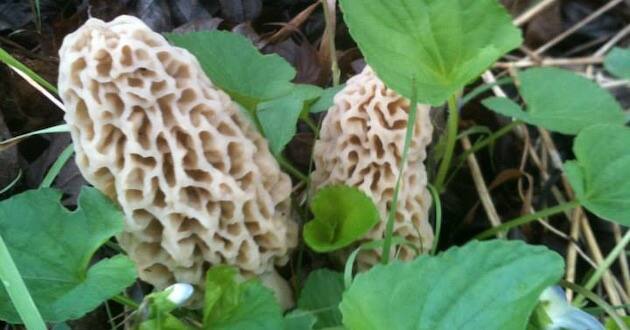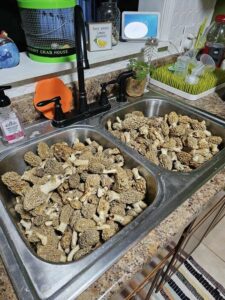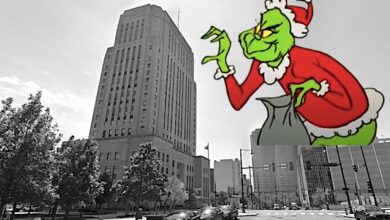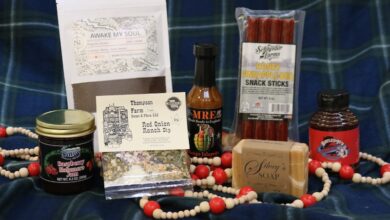Spring in Missouri and Kansas means morel mushroom season

The spring hunting season has arrived in Kansas and Missouri – except people are hunting not for wild game but morel mushrooms.
“It looks like we are settling in for some warmer, wetter weather which can only mean one thing in April… mushrooms!” posted the FB page of Morel Mushroom Hunters of NE Kansas. They’re right.

Kyle Crites posted this photo to the Missouri Morel Mushroom Hunting FB page which has over 133,000 followers. “Oop, I did it again,” he quipped. His post has almost a 1,000 likes.
Morel mushrooms are considered a delicacy and are highly sought after by foodies and chefs for their distinct earthy and nutty flavor. Hunting for morels also is considered a recreational activity that allows people to explore nature and enjoy the outdoors. It’s a great way to get some exercise and fresh air while also engaging in a fun and rewarding activity.
Finding morels can be quite challenging, which makes it a thrilling activity for some. Morels are elusive and typically grow in specific conditions, such as in wooded areas with particular soil types, so it requires some skill and knowledge to find them. The hunt for morels can be both exciting and addictive, encouraging mushroom hunters to come back year after year.
Missouri and Kansas are home to at least three species of morels, which emerge from the ground in the springtime–usually mid-March through early May. These mushrooms have a distinctive conical cap and a hollow stem, and they range in color from light gray to dark brown. Although morels can be found in a variety of habitats, they tend to favor areas with rich soil, such as old orchards, river bottoms and recently burned or disturbed areas.
To find morels in Missouri, it’s important to know when and where to look. Experienced hunters typically search for morels from late March to early May, depending on weather conditions. Warm, moist spring weather with daytime temperatures in the low 70s and nighttime temperatures in the 50s can trigger morels to emerge from the ground.
If you’re hunting in Kansas, wildlife areas provide excellent foraging opportunities. Just keep in mind that any morels that you harvest on public land in Kansas cannot be sold. They can only be enjoyed for personal use.
Identifying true morels from false morels can be challenging, but there are some key differences to look for. Here are some characteristics of true morels:
- Cap and stem. True morels have a smooth, cone-shaped cap that is attached to a hollow stem. The cap also is attached to the stem at the bottom, unlike false morels.
- Cap coloring. The cap of a true morel can range from cream to yellowish-brown. It typically is covered in pits and ridges that give it a distinctive appearance.
- Stem coloring. The stem of a true morel usually is lighter than the cap and is completely hollow.
- True morels commonly are found growing in forested areas, often near deciduous trees. They also can be found around dead or dying trees.
Morels can be sautéed, roasted or even grilled for a flavorful side dish or main course. They also pair well with pasta, eggs and many other ingredients.
–Alan Goforth | Metro Voice







